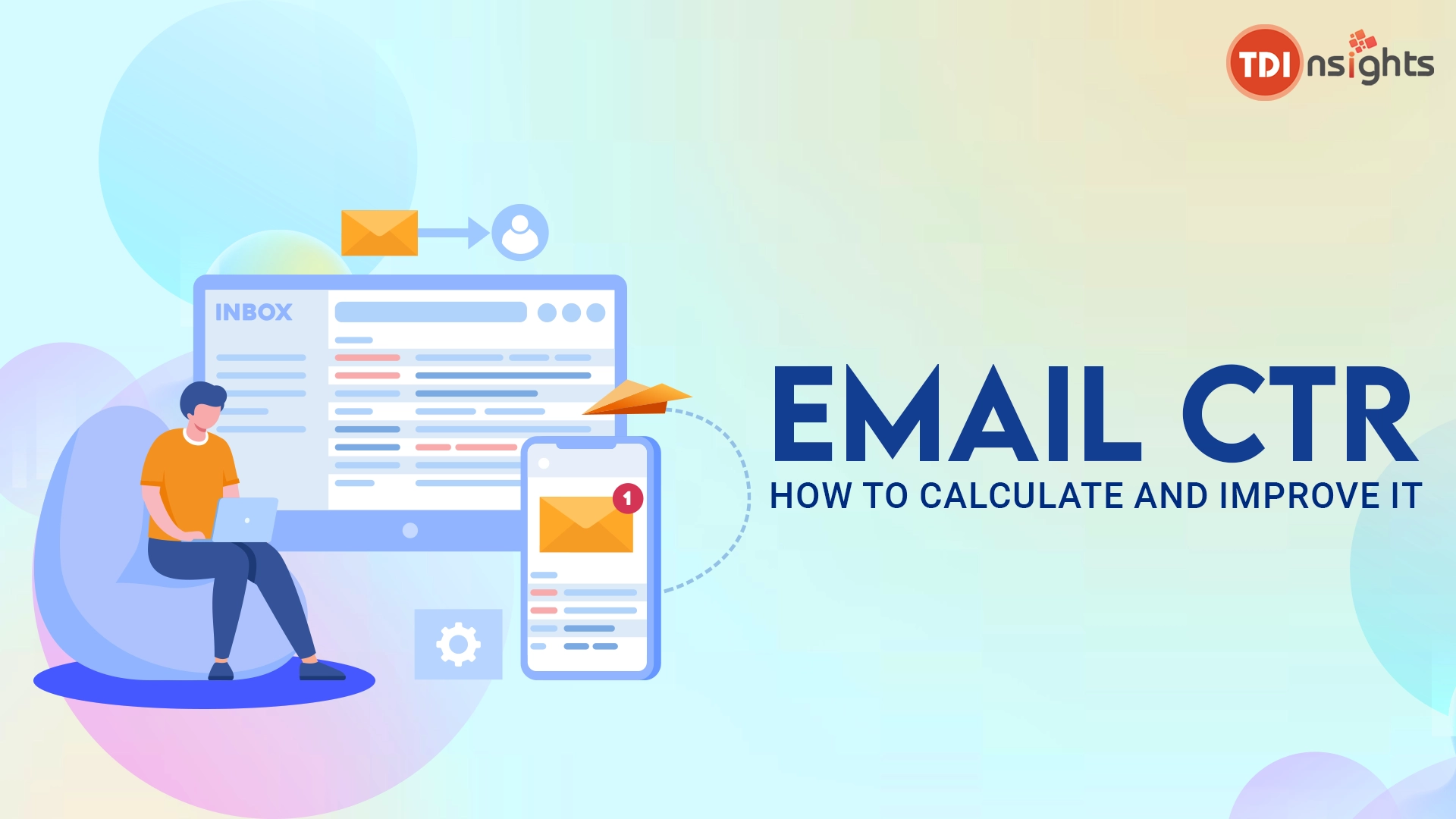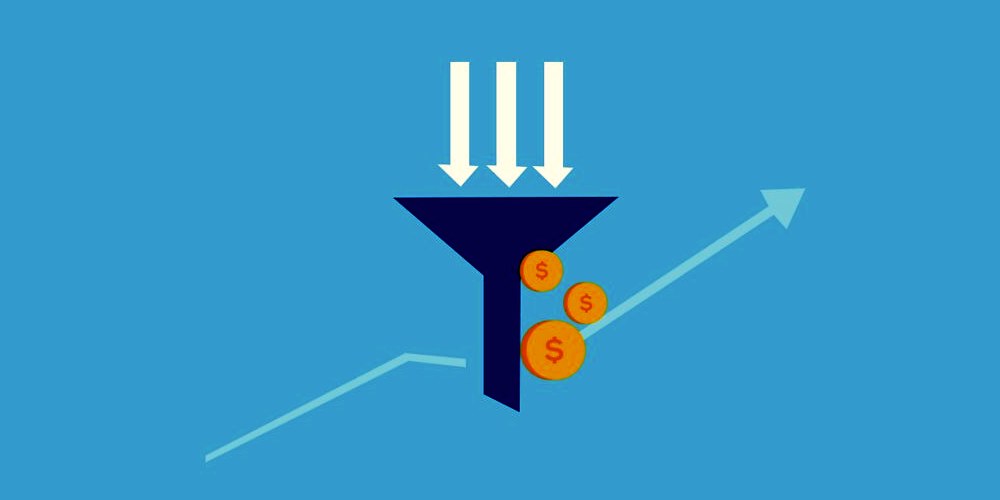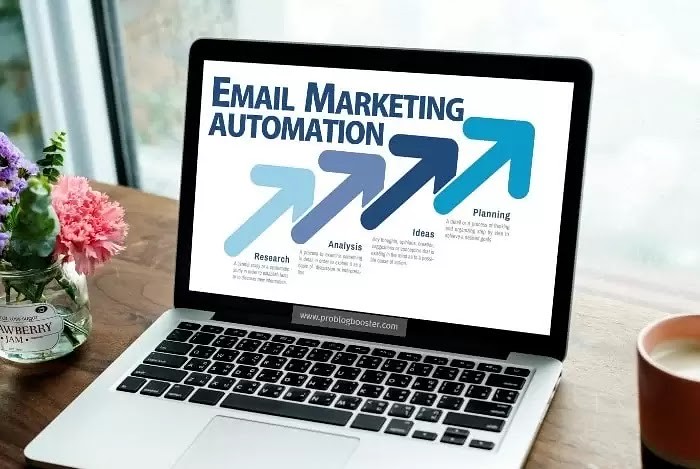Email marketing is one of the oldest marketing methods. It remains a powerful marketing tool worldwide, even with the rise of modern social media channels.
It has stayed relevant owing to its effectiveness, affordability, and control. Email marketing uses a range of metrics to track the campaign’s performance. These include open rate, click-through rate (CTR), bounce rate, conversion rate, etc.
However, the most challenging aspect of email marketing is CTR. 53% of email marketers face low email CTR rates compared to other metrics.
The click-through rate serves as a vital foundation for email marketing metrics. It enables you to gauge the email campaign’s effectiveness by revealing how recipients engage with your content once they open it.
This blog discusses the power of email click through rate to drive conversions and gain stronger audience connections. We also explore the tips to calculate CTR and improve it.
Table of Contents
What is Email CTR?
The email click-through rate is a crucial metric, enabling you to measure the effectiveness of your campaign’s elements. The following elements help in captivating and engaging users to determine its overall success:
- Subject lines
- Copy
- Design
- Images
- Personalization
Now, this begs the question: what is a good click-through rate for emails? There isn’t a one-size-fits-all answer; CTRs can vary depending on the industry.
| Industry | CTR |
| Advertising & Marketing | 1.8% |
| Agriculture, Forestry, Fishing, Hunting | 3.4% |
| Consumer Packaged Goods | 1.9% |
| Education | 4.4% |
| Financial Services | 2.4% |
| Restaurant, Food & Beverage | 2.0% |
| Government & Politics | 2.8% |
| Healthcare Services | 3.0% |
| IT/Tech/Software | 2.0% |
| Logistics & Wholesale | 2.0% |
| Media, Entertainment, Publishing | 2.9% |
| Non-profit | 2.7% |
| Professional Services | 2.1% |
| Real Estate, Design, Construction | 3.6% |
| Retail | 0.7% |
| Travel, Hospitality, Leisure | 1.4% |
| Wellness & Fitness | 1.2% |
| Other | 2.6% |
The importance of being aware to industry benchmarks is that they can provide a useful reference point for comparing your performance to competitors.
However, instead of fixating on meeting predefined standards, concentrate on identifying areas for improvement. Focus on enhancing your performance and take proactive steps to do what’s best for your target audience and business objectives.
Understanding the number of people clicking on the links in your emails is crucial. You can assess the appeal of your email content, which has a direct impact on subscription rates.
A high CTR signifies that recipients find your email content relevant and actively engage by clicking through to explore further.
It’s important to note that click-through rates come in two variations:
- Total Click-Through Rate (TCTR): Measures the overall percentage of clicks concerning the total number of emails sent.
- Unique Click-Through Rate (UCTR): Tracks the percentage of individual recipients who clicked on the links, excluding multiple clicks from the same user.
TCTR vs. UCTR
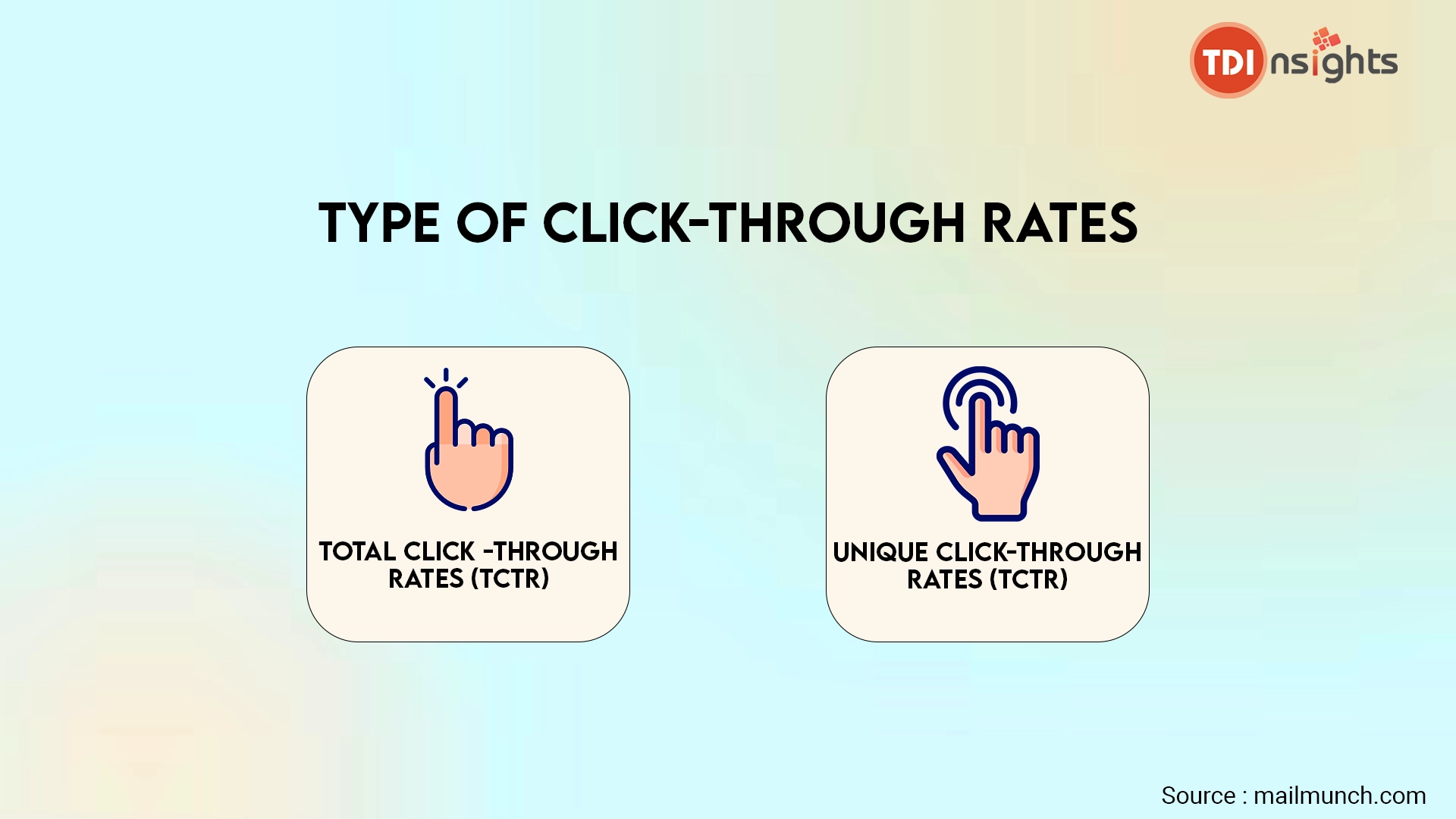
By analyzing both TCTR and UCTR, you can better understand your email campaigns’ effectiveness and engagement levels.
TCTR
Total click-through rate, or TCTR, is a sub-metric that quantifies the overall number of clicks received by the links within an email. Essentially, it gauges the popularity and engagement generated by your message.
It’s essential to acknowledge that certain factors can come in the way of this measurement, including:
- Users accessing emails and links across multiple devices
- Repetitive clicking by individuals
- Firewalls checking for malware
- External clicks originating from links shared on social media platforms
UCTR
UCTR (Unique Click-Through Rate) measures the unique clicks on an email’s link receives. Instead of counting repeated clicks the same user makes, it concentrates on individual users.
- For instance, UCTR would only record one unique click if you opened an email on your laptop, clicked a link, and clicked the identical link from your phone.
- No matter the device used, it acknowledges that the same user engages with the email’s link.
The unique click-through rate (CTR) is a metric used in digital marketing to determine the number of unique clicks on a specific link compared to the number of people that saw it. It provides us with the percentage of unique individuals who clicked on the link out of all the viewers.
- For instance, if you opened the same email on your phone and laptop, and clicked on a link, the UCTR will record one click only.
- Basically, UCTR acknowledges that the same user has engaged with a link no matter how many devices they use to take action.
Consider the following situation.
You open an email, click on a link in the morning, and return to it in the evening. You then click on the same link again; the UCTR will record just one click as engagement.
This is so that UCTR does not count multiple clicks from the same user. It instead concentrates on unique clicks from different users. However, the TCTR would count as two clicks. This scenario counts all clicks regardless of whether they came from the same user.
Using UCTR, analysts and marketers can better understand user engagement because duplicate interactions are removed. Furthermore, insights based on unique user clicks are provided.
It allows them to understand how many unique individuals are clicking on a link or button, rather than counting multiple clicks from the same person. By focusing on unique user clicks, marketers can make more informed decisions to improve their campaigns and enhance user engagement.
How the Two Metrics Work in Different Scenarios
- TCTR gives you a complete picture of the traffic from your emails, including shares, frequent engagement, and retention. It provides a broad overview of the level of interaction your email receives.
- UCTR, on the other hand, is more focused on the number of unique users to the connections. It gives a more accurate count of each link click, which is more helpful when determining how well emails convert.
ESPs (Email Service Providers) often provide metrics using UCTR since it cuts out the noise that TCTR accounts for.
Summing up, UCTR offers a more concentrated measurement of individual link clicks, which helps assess conversion rates and email performance. On the other hand, TCTR provides insights into overall email traffic.
Factors Affecting Email Click-Through Rate
CTR is commonly affected by three crucial aspects:
- Subject titles: Subject lines like “100% guaranteed,” “best price,” “amazing offer” and using BLOCK letter will be regarded as spam by email service providers (ESPs). Subsequently, the spam filter is triggered, and email will be sent to the spam folder.
- CTA positioning: If the CTA is hidden from view, the recipient will not take action. You can use one CTA; either in the center or after the email copy. Alternatively, you can also place two CTAs, depending on your campaign: one in the banner and one at the end of the email copy.
- Bounce rate: Bounce rate is a crucial metric as it reveals the quality of the email list and the efficiency of the email delivery system. A high bounce rate could be an indication of poor list hygiene, problems with the email distribution system, or old or incorrect email addresses.
We will now discuss the impact CTR has on your email companies.
Impact of CTR on Email Marketing Campaign
Click-through rates are essential for measuring engagement and assessing the performance of email marketing campaigns.
Higher click-through rates show that receivers are more engaged. Moreover, it indicates that they are taking action, which increases the likelihood that email marketing objectives will be met.
Here are more ways CTR impacts your email campaign:
- Click-through rates provide valuable insights into customer expectations.
- Email marketers can determine whether they effectively target the right audience and are meeting their interests and preferences.
- Measuring click-through rates enables email marketers to identify individuals within their email list who are genuinely interested in the campaign.
- Marketers can focus on identifying engaged subscribers and nurturing those relationships. They can do so by tailoring future email campaigns to cater to their specific interests.
- This targeted approach can improve engagement, higher conversions, and a more successful email marketing strategy overall.
- Marketers can optimize their strategies by analyzing and leveraging this data, to further enhance audience targeting, engagement and improving overall performance.
Now that you have grasped the significance of click-through rate (CTR) in your marketing endeavors, here are the steps to calculate it accurately. Furthermore, we’ll explore how to improve your email CTR.
How to Calculate CTR?
You can obtain the CTR percentage by dividing the number of email recipients who clicked on a link by the total number of delivered emails and multiplying the result by 100. The result gives you valuable insights into the engagement level of your email campaigns.
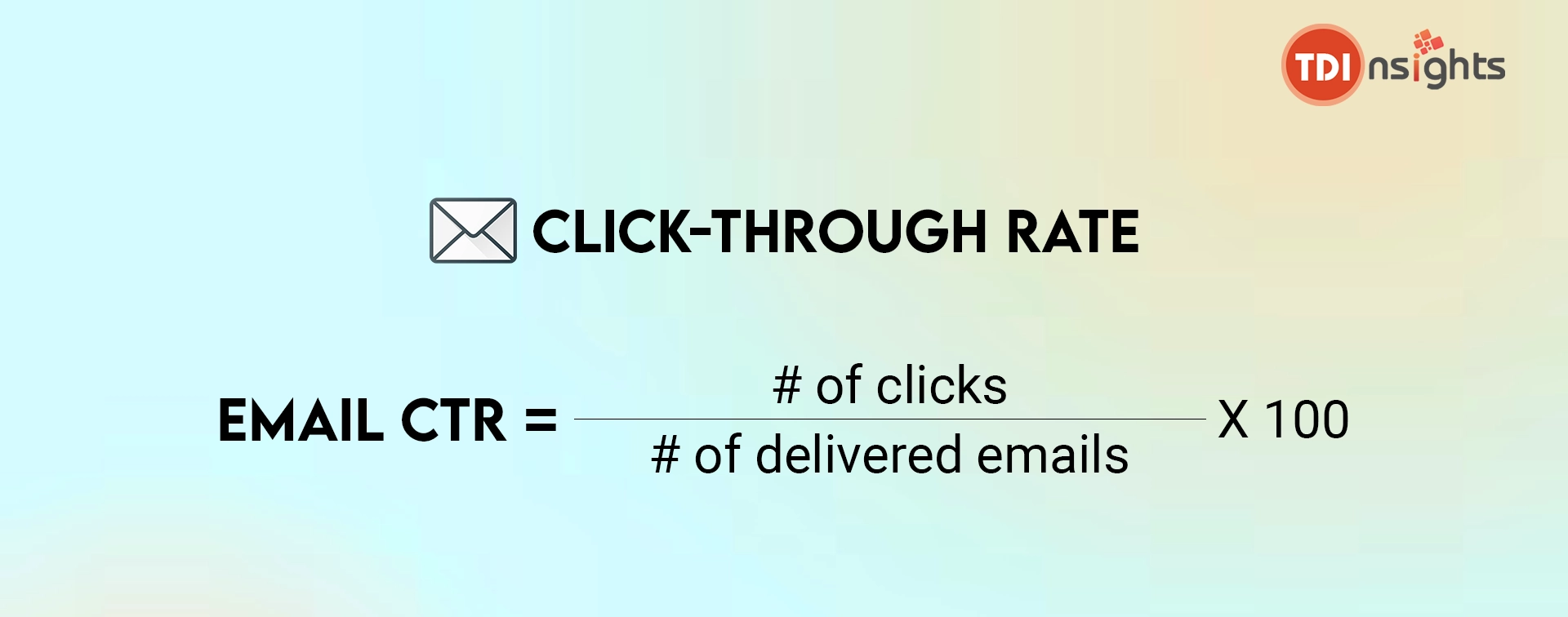
For example, if your email is delivered to 200 recipients and 20 of them click on a link or a CTA, your CTR is 10%.
Now, here’s a question you must ask.
Why do you use the number of delivered emails instead of emails sent? The justification for this strategy is that email marketing campaigns may suffer as a result of bounces.
Email bounces occur when the recipient’s mail server rejects the email (hard bounce) or when there is a temporary issue with the recipient’s email address or server (soft bounce).
High bounce rates can be caused by the following:
- Fake email addresses provided by potential subscribers
- Maintaining an email list with unengaged contacts
To address this, recommended solutions include:
- Adding a captcha to forms to verify real people
- Implementing double opt-in to verify email addresses
- Practicing good email hygiene by regularly cleaning out inactive subscribers
- Maintaining engagement through quality campaigns
By focusing on the number of emails delivered, email marketers can better assess the effectiveness of their campaigns and take steps to improve deliverability and engagement.
How to Improve Your Email CTR
There are several steps you can take to boost the performance of your email campaigns.
Test Your Email Subject Lines
If an email’s subject line doesn’t grab their attention, 69% of receivers will classify it as spam. Ensuring an email’s subject line stands out is important because it will be the first thing recipients see. Test various subject lines to determine which generates the most opens and clicks.
Different subject lines can be A/B tested, and the results can be compared. Those with personalized subject lines often have a 22% greater open rate than those without such subject lines.
Optimize Your Email Campaign for Mobile
Mobile phones are easily accessible and are widely used worldwide. Everyone has a phone these days. Subsequently, one of the most crucial elements determining an email campaign’s success is mobile optimization.
According to Litmus, mobile accounts for an astonishing 54% of all opened mail, compared to desktop’s modest 16%.
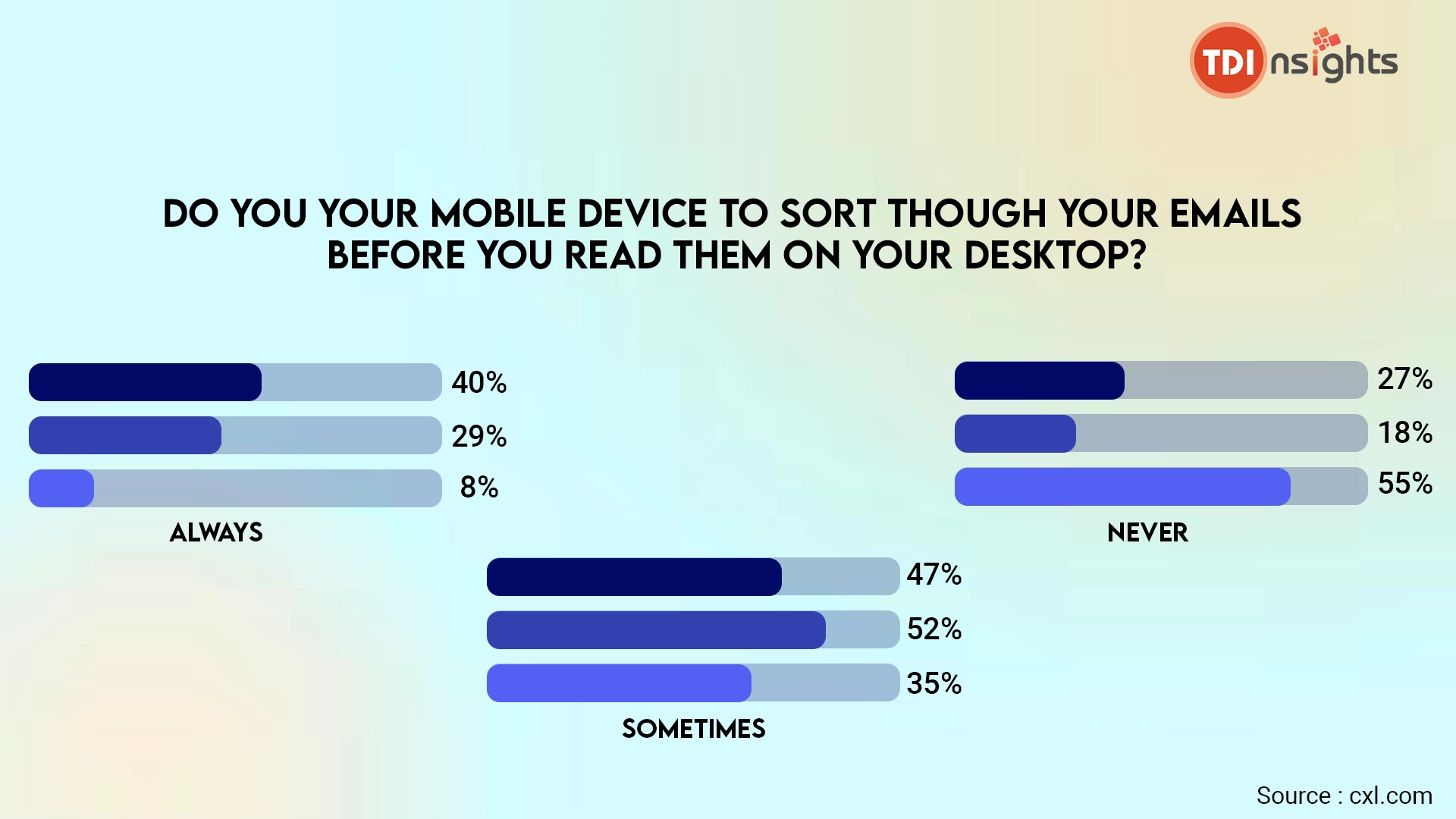
Send Your Emails at the Right Time on the Right Days
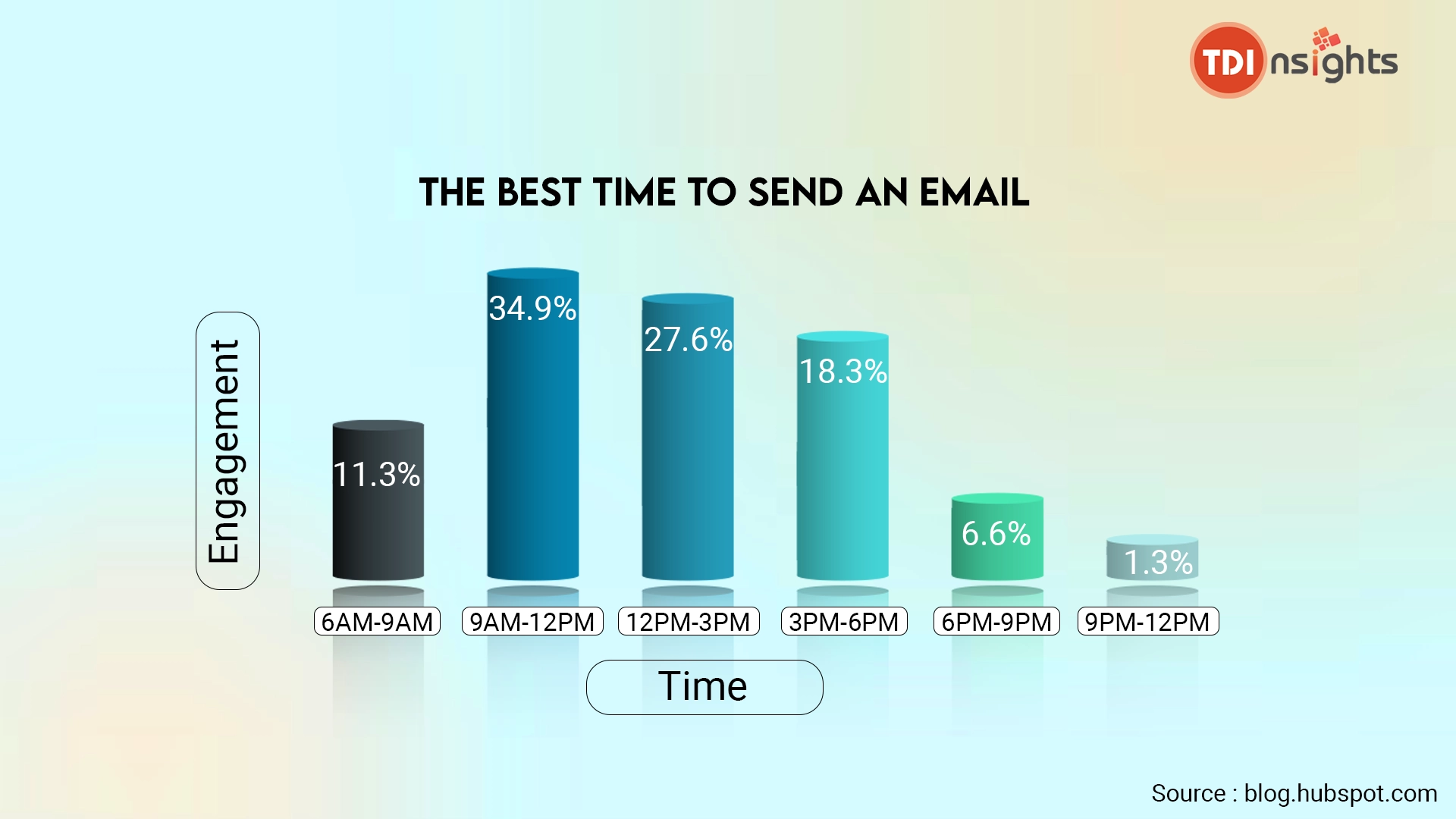
There isn’t much variation in how emails perform on a given day when looking at email data by day. Weekdays often do the best, with weekends having the lowest engagement rates.
- Monday (22.0%) has the highest email open rates.
- Tuesday (2.4%) is the best day for click-through rates.
- Tuesday and Wednesday (10.8%) are the best days for click-to-open rates.
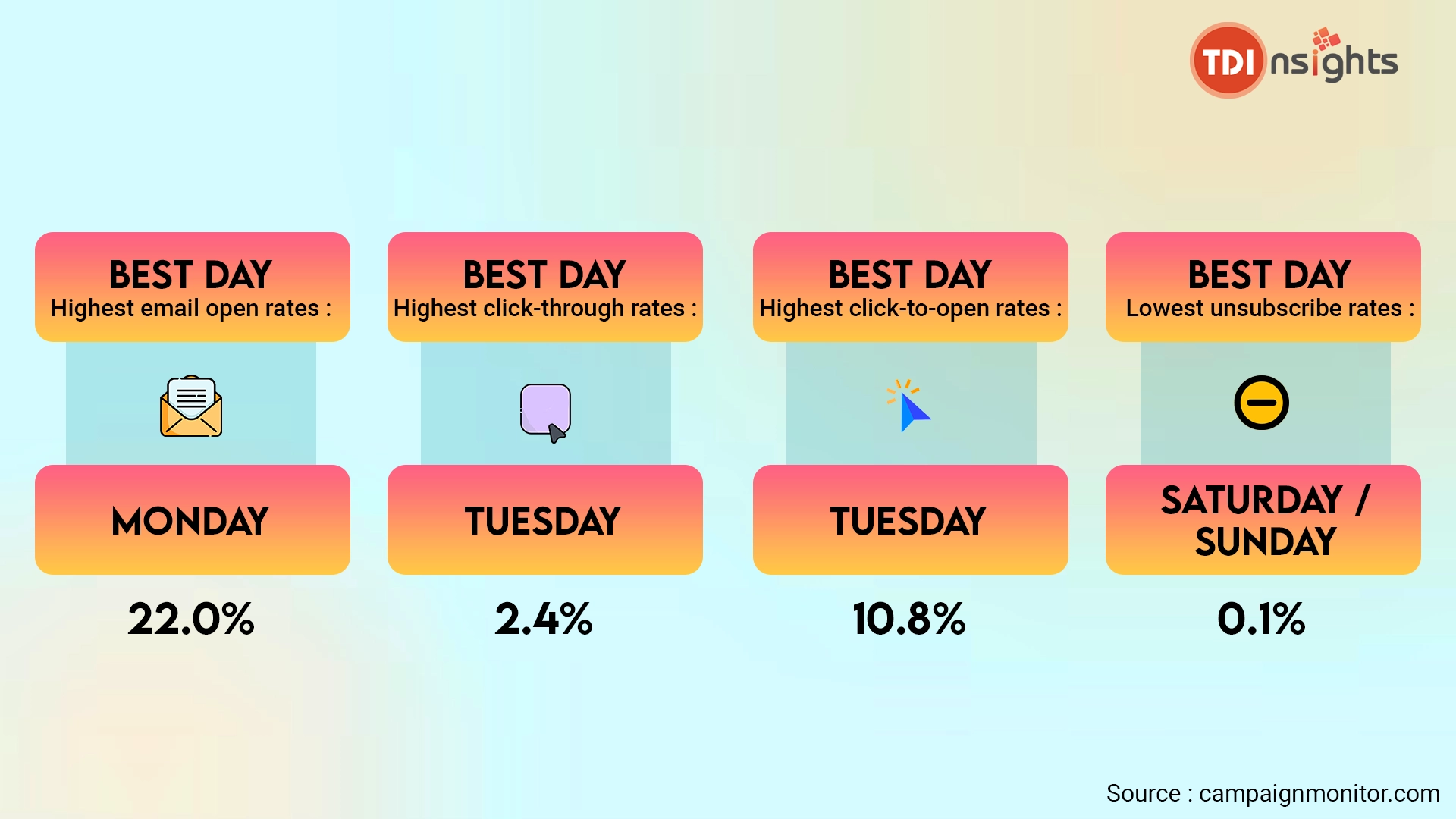
Thoroughly evaluate your target audience and conduct email tests to determine which days are best for you.
Use a Reliable Email Database Provider
Email database providers offer a range of emails by country, industry, professionals, etc. Using a reliable email list provider can provide you with an authentic and relevant database to conduct your email campaigns.
They specialize in offering lists that have been thoroughly researched, updated, and enhanced, enabling you to reach your target audience at an ideal time. Therefore, you can be assured that the quality of your prospects will be increased with their meticulously curated email lists.
The demographics include all pertinent factors, including gender, income, age, and employment information.
Here are some additional tips to improve your click-through rate (CTR):
- Create targeted segments to send more relevant content
- Consider refreshing your email templates or building new custom templates
- Maintain a consistent brand voice across your messaging
- Enhance your calls-to-action with a clear copy and appealing design
- Provide strong incentives to capture subscribers’ attention
- Ensure your subject lines accurately reflect the email content
- Conduct A/B tests to identify effective strategies and optimize your campaigns
By implementing these tips, you can increase your CTR and improve the overall effectiveness of your email marketing efforts.
Wrapping up
Successful email marketing campaigns require thorough understanding email click through rate (CTR). Moreover, you need to apply practical strategies to determine and improve it.
Using an email database provider to get updated, authentic, and relevant data is one such strategy. Focus on continuously monitoring and analyzing your CTR numbers. Furthermore, identify areas for development to generate more engagement and improve campaign results.
Higher CTR increases your chances of reaching your email marketing objectives. It gives insight into whether your audience reads your emails and subsequently takes action.


